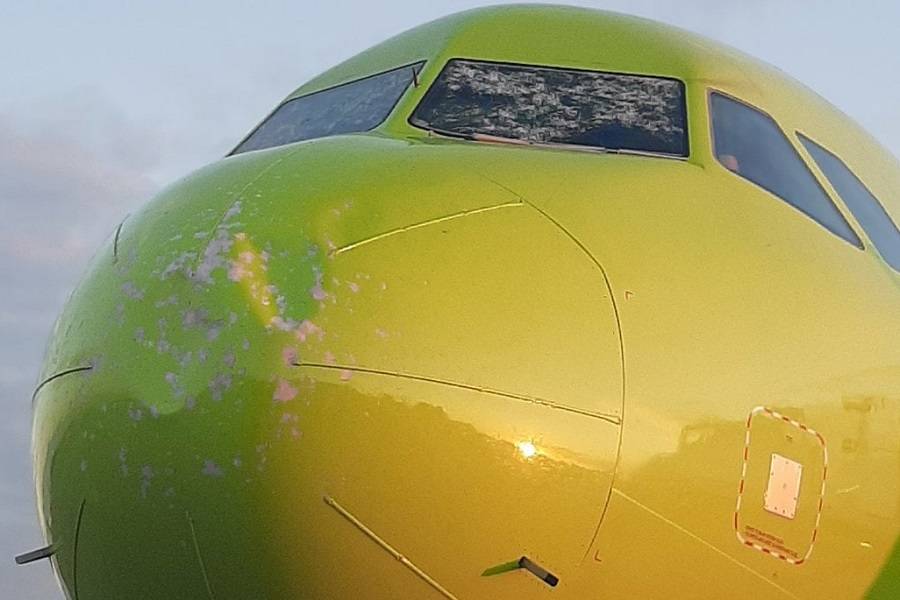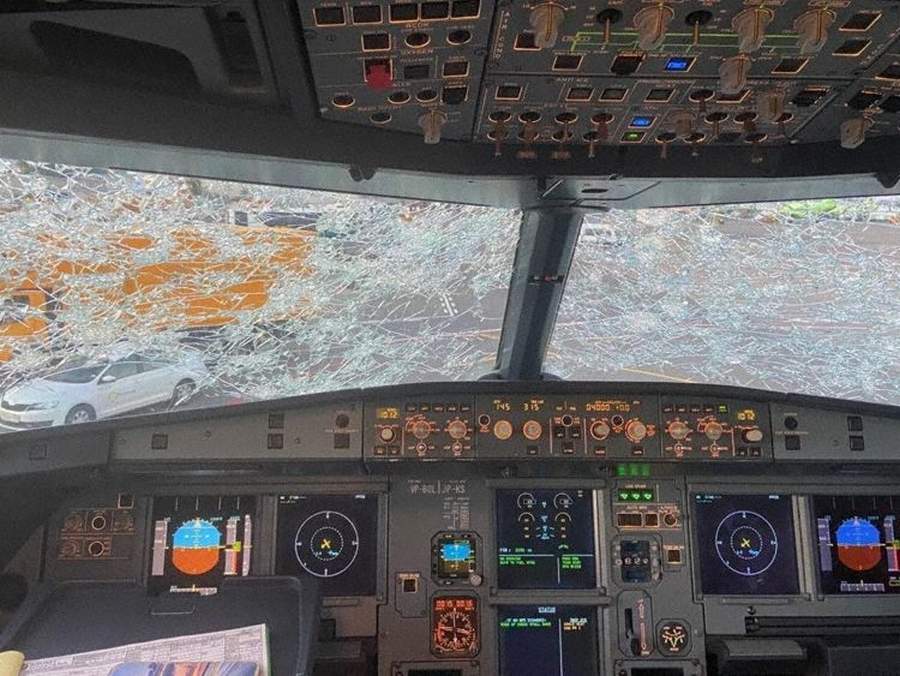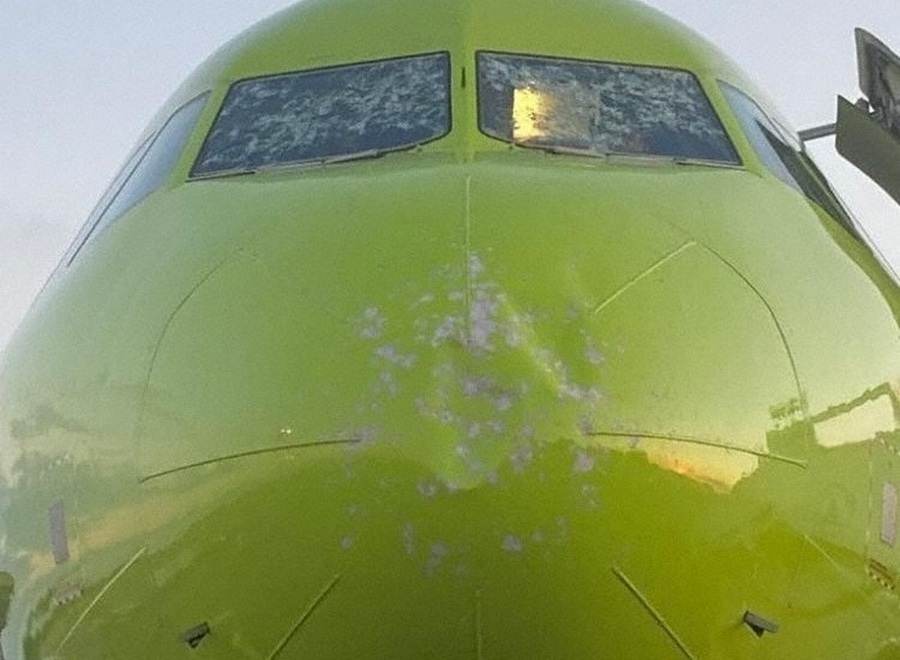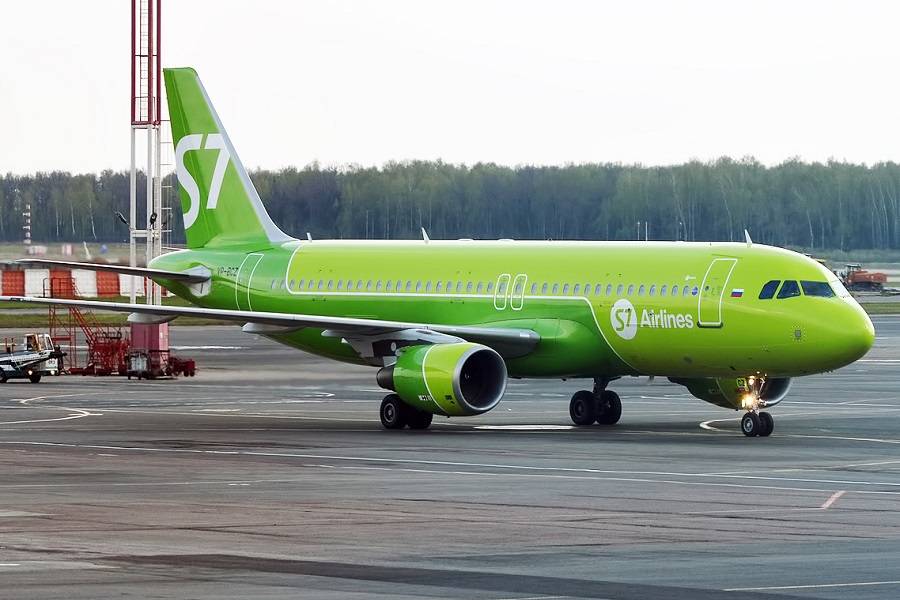An S7 Airlines Airbus A320 flew to Moscow after suffering significant hail damage. There were no injuries in the otherwise uneventful flight.
The incident happened on the 3rd of July (Saturday). The crew of the S7 Airlines (officially JSC Siberia Airlines) A320 were performing flight S7-1146. It would take them from Chelyabinsk Airport (USCC) to Moscow Domodedovo International Airport (UUDD), in Russia. The aircraft departed from runway 27 at Chelyabinsk with a 22-minute delay, at 8:17pm local time.

Unfortunately, it appears that the aircraft flew through or very close to a thunderstorm, while climbing out of Chelyabinsk. As a result, the outer panes of both windshields cracked. The nose radome of the A320 also suffered hail damage, including multiple hits and deformation. However, pilots likely couldn’t see the damage on the aircraft’s nose.
Despite the hail damage on the windshields that they could see, the A320 crew decided to continue to Moscow. They flew the aircraft at FL360 – or, since this was in Russia, approximately 11,000 metres. They were on final approach on runway 32L at Domodedovo just over two hours after departure, at approximately 8:32pm. However, it appears that the crew performed a go-around, at around 1,250 feet AGL.

A320 Hail Damage Aftermath
The crew eventually landed their A320 uneventfully despite its hail damage, another 16 minutes later. They parked the Airbus normally at a stand. In total, the aircraft spent about two and a half hours in the air. And as of this writing, the A320 has not performed another flight since the incident, about 40 hours later.

The aircraft involved in this hail damage incident is an Airbus A320-214(WL), with tail number VP-BOL. It left the assembly line in Toulouse in March 2014, making it a bit over seven years old. The aircraft has only flown for S7 – Siberia Airlines. It belongs to lessor SMBC.
The hail damage that this A320 suffered can occur in different ways. By its very nature, hail can travel in unpredictable paths, after it forms. This sometimes means that an aircraft can encounter hail without entering the storm itself.

But in any case, it is worth mentioning that such hail damage isn’t necessarily dangerous for airliners. Each windshield consists of multiple layers. And crucially, the outer layer is not the pressure-bearing component. Operationally, we don’t know what other factors the crew considered, in their decision to continue the flight.
Source: AvHerald



